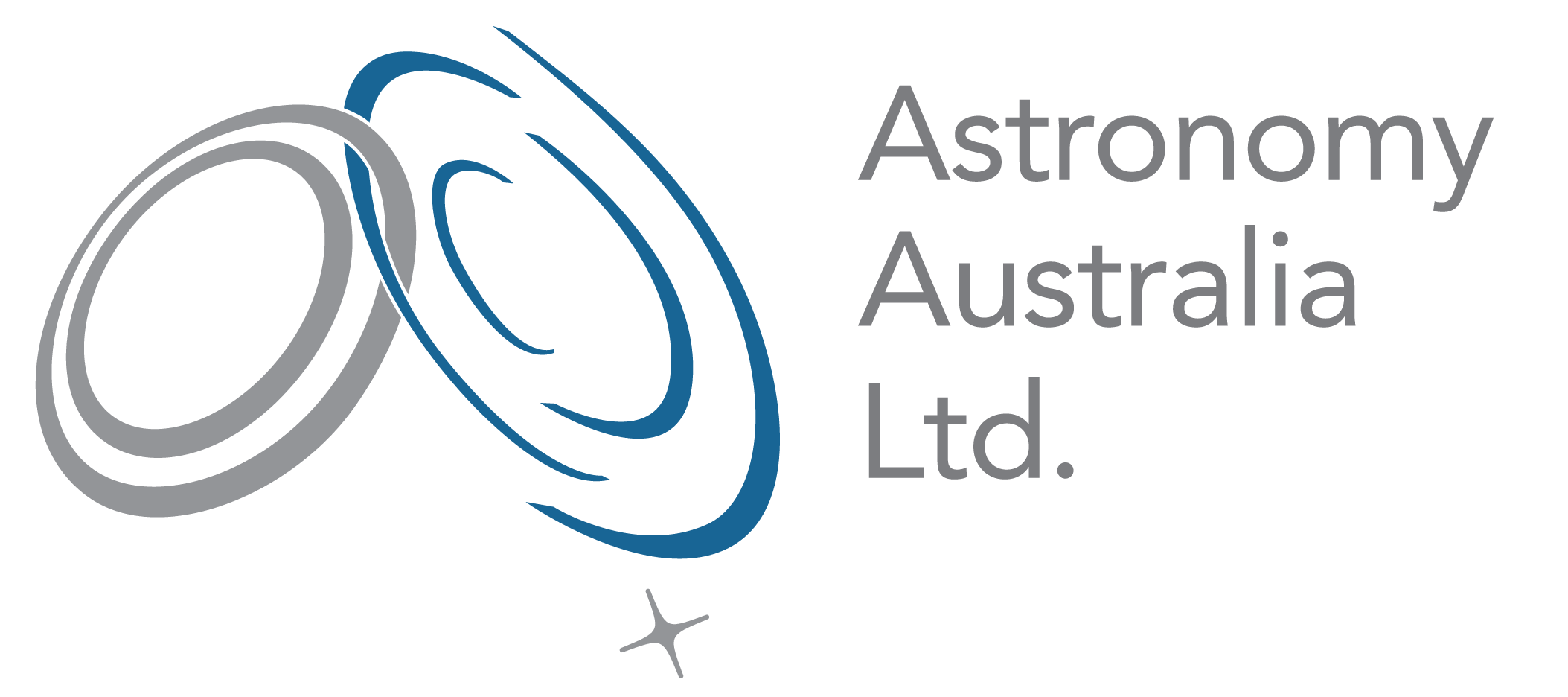
For the first time, an international team of researchers have captured direct visual evidence of the supermassive black hole at the centre of our galaxy. The image was produced by the Event Horizon Telescope (EHT) Collaboration, a global network of radio telescopes that includes the Atacama Large Millimeter/submillimeter Array (ALMA) and the Atacama Pathfinder EXperiment (APEX) in the Atacama Desert in Chile, co-owned and co-operated by the European Southern Observatory (ESO).
Indirect evidence for the existence of a supermassive black hole at the centre of the Milky Way has been in place for decades, based on orbital measurements of stars very close to the galactic centre (via observations made using ESO facilities including the Very Large Telescope and the Very Large Telescope Interferometer, and the Keck Observatory). It was not possible, however, to confirm that the object known as Sagittarius A* (Sgr A*) was indeed a black hole until the EHT Collaboration were able to begin their work in April 2017 and observe the region at the centre of our home galaxy – finally revealing their results to the public on 12 May 2022. While it is not possible to image the event horizon of a black hole or the point beyond this boundary – where light cannot escape its incredible gravity – the EHT team were able to use their network of eight radio observatories (linked together in a planet-wide virtual telescope) to capture visual evidence of the accretion disk, emitting light as it orbits the internal dark region of the black hole.
Using this direct observation, astronomers were finally able to confirm the suspected presence of a supermassive black hole at the centre of the Milky Way and calculate it to be four million solar masses – matching the measurements of the Nobel Prize-winning astrophysicists who first indirectly observed Sgr A* by studying stellar orbits at the centre of our galaxy. These new observations also confirmed predictions from Einstein’s Theory of General Relativity, relating to the diameter of the bright ring-like structure observed in this image and of the one captured at the heart of M87*, an elliptical galaxy 55 million light-years from Earth. While the two images look similar, the black hole at the heart of M87* was measured at 6.5 billion solar masses – a giant compared to the one residing at the centre of the Milky Way.
The effort to provide the first direct visual evidence of a supermassive black hole at the centre of our galaxy was truly global in every respect, with 300 researchers from 80 institutes around the world working together to make this result possible. The EHT Collaboration had to overcome many challenges over the five year period between first observations and the publication of their results, some of which were due to the rapidly orbiting ring of superheated gas and dust they observed surrounding the event horizon of Sgr A*. While the velocity of this matter is the same for both Sgr A* and the black hole at the centre of M87* (orbiting at close to the speed of light), the difference in mass between the two black holes creates a much longer orbit for the matter surrounding M87* – a period of days and weeks versus only minutes for the matter orbiting Sgr A*. The rapid changes in brightness that took place within the superheated ring of Sgr A* as a result meant new tools had to be developed by the team to overcome these issues, with supercomputers eventually combining their data to create an image that is essentially an average of the many captured by the EHT during observations.
The paper detailing this incredible result has now been published in The Astrophysical Journal Letters.
For more information, please see the ESO’s press release (used as a resource for this article), as well as the media release on the EHT Collaboration website.
Australia has a 10-year Strategic Partnership with ESO, enabling Australian-based astronomers full access to the facilities of ESO’s La Silla Paranal Observatory, including the world-leading Very Large Telescope – involved in the original Nobel Prize-winning study of Sgr A*. This partnership is made possible by the Australian Government Department of Industry, Science, Energy and Resources (DISER). AAL supports DISER by overseeing activities and stakeholder communications to ensure Australian astronomers get the best information and access to ESO – see AAL’s ESO webpage for more.
